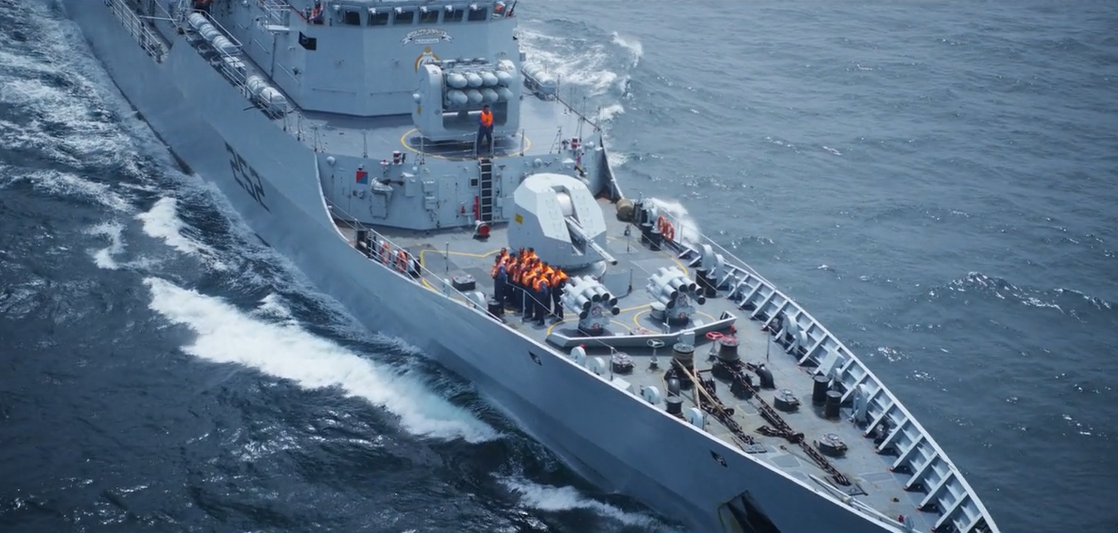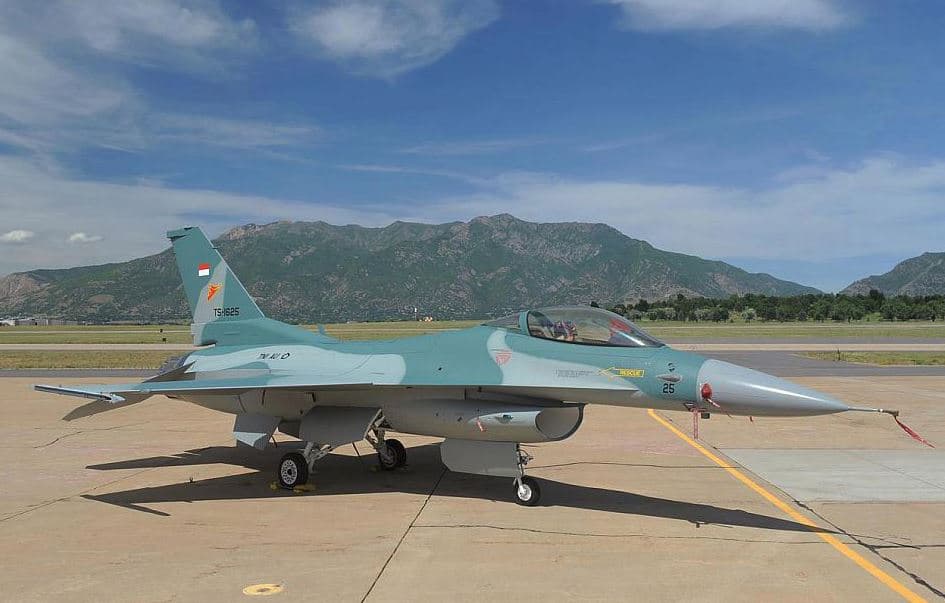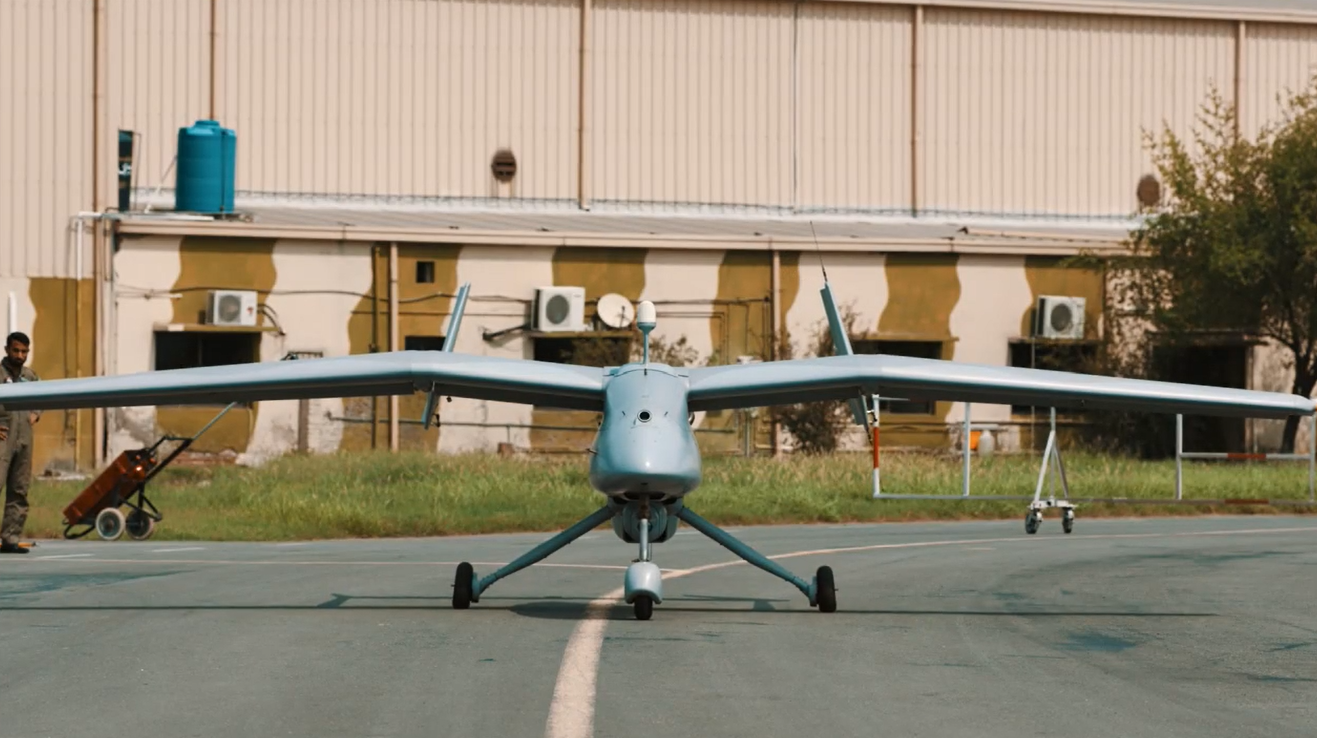372Views 5Comments

China Takes Center Stage in Pakistan’s Modernization Plans
12 January 2016
By Bilal Khan
The idea of China taking a central role in meeting Pakistan’s present and future defence needs should not surprise anyone, especially in light of high-profile programs such as the JF-17 Thunder, which is on-track to forming the mainstay of the Pakistan Air Force (PAF)’s fighter fleet. In fact, China has been a major source of arms for Pakistan since 1965, when a war with India cost Pakistan its access to U.S aid and arms, prompting it to seek out other vendors to meet its defence needs.
However, while China has been a major source of weapons for Pakistan over the past 50 years, the coming years will likely see Pakistan draw upon relevant Chinese export programs as nuclei for its own future needs. In a way, it is not very different from what has been seen thus far, except in the increasingly apparent fact that China has become a preferred vendor.
Before continuing onto upcoming and possible future acquisitions, it is worth looking back at how Beijing began playing a key role in the development of the Pakistani military. With U.S sanctions in place, then Air Chief Marshal Nur Khan oversaw the pursuit and induction of Chinese and French fighters to augment (and in time, supplant) the PAF’s fleet of exclusively American jets, such as the combat proven F-86 Sabre. The Shenyang F-6, a licensed Chinese copy of the Soviet MiG-19, was bought to supplement the F-86 fleet as a workhorse fighter. In 1967 the PAF integrated the AIM-9 Sidewinder within-visual-range air-to-air missile (WVRAAM) onto the F-6.[1] The F-6 went on to fly 650 sorties in the 1971 War, and – according to the PAF – had succeeded in shooting down a handful of newer fighters, such as the MiG-21 and Su-7.[2]
This one example alone offers several lessons on how the Air Force (as well as the Army and, increasingly, the Navy) viewed Chinese equipment. The F-6 was not the paragon of military aviation in the 1960s and 1970s, but to the PAF, it was a viable enough platform worth investing in as a means to build numerical capacity without greatly compromising on quality. With the right modifications and upgrades, the F-6 was capable of effectively undertaking air-to-ground missions alongside serving as an admirably credible air defence fighter (to varying degrees). It is a similar story with the F-6’s successor, the MiG-21-based F-7P, and the F-7P’s replacement, the JF-17 Thunder.
However, there is a major caveat in the last sentence. Whereas the JF-17 was initially a reaction to the sanctions placed on Pakistan as a result of its nuclear weapons program, its continued development (into Block-III) is arguably a distinct shift. With openly stated plans to equip the lightweight fighter with an active electronically scanned array (AESA) radar, helmet-mounted display and sight (HMD/S) system, and 5th-generation high-off-boresight (HOBS) WVRAAM, the JF-17 Block-III is a sign of maturity in China’s military technology, and the PAF’s willingness to bet on China’s growth in a truly significant way.
Make no mistake, the systems planned for the JF-17 Block-III are not going to come “cheap.” Today, they are exclusively found (especially together on a single platform) on industry flagship fighters such as the Dassault Rafale, Eurofighter Typhoon, and Saab Gripen NG (among others, such as the in-development MiG-35). Even if acquired from China, these subsystems would amount to relatively high costs on a fighter, particularly one that is already capable enough for replacing the PAF’s legacy fighters. Yet the PAF is investing in this platform in a manner that goes beyond simply replacing older jets or even building indigenous capacity (it is already manufacturing a significant proportion of the airframe). It seems that the PAF is seeking to make the JF-17 (via Block-III) a high-tech asset, much more so than the F-6 or F-7, relatively speaking.
Granted, one could argue that Pakistan has no other choice but to take the route of further investing in the Thunder, but this claim overlooks a key point. The PAF could have wrapped up the JF-17 at Block-II (which is capable enough to replace the F-7s and Mirages), and subsequently, put the considerable funding necessary for an AESA radar-equipped Block-III towards a much smaller number of flagship fighters from the West. Yes, Pakistan’s economic situation is precarious, but the French government was willing to underwrite a financing agreement for Egypt in its purchase of Dassault Rafales, and Egypt has serious economic challenges of its own, such as high inflation, lower than expected growth and high debt.
It is a similar story with the Navy’s acquisition of eight diesel-electric submarines (SSK) from China, which is reportedly valued at $4-5 billion U.S, according to the Financial Times. This deal is clearly on the pricier side, at least in comparative terms for what one might want to perceive as a cost-focused purchase from China. Instead, the Navy is seemingly willing to seriously invest in the development of these submarines, such that it is aiming to make them the central part of its modernization roadmap. If new multi-mission frigate and anti-submarine warfare/patrol corvette programs were to emerge (hopefully soon), they will likely follow a similar pattern as the submarine deal.
As for the Army, DefenseNews recently reported that the NORINCO VT-4 did not meet the Army’s next-generation main battle tank (MBT) needs. It is likely a revised build will make the cut for the baseline, and the Army will invest accordingly. From the same article, the Army will also decide whether to proceed with the acquisition and local production of the VN-1 8×8 wheeled armoured personnel carrier (APC). Last year the Army also took delivery of three Z-10 dedicated attack helicopters for evaluation purposes, and while it is officially unclear if the Army will procure the Z-10, an Army official did tell Jane’s that the Army was “looking at further collaboration in helicopters” with China (IHS Jane’s 360).
Every one of the above examples speaks to a vital point, and that is the advances China has made in developing modern military equipment (Financial Times). In numerous cases, such as that of the wheeled APC or even the Z-10 attack helicopter, the gains accrued relative to the significant added costs of acquiring a Western alternative are much more marginal than they were in the 1970s or 1980s. However, the support of non-Chinese vendors may still be sought, especially in the area of specific subsystems or munitions, which in some situations could yield significant gains relative to the added cost. One example could be the A-Darter WVRAAM, which draws from the expertise of South Africa’s Denel Dynamics and Brazil’s Mectron (both of whom the PAF has engaged with over the years).
It is evident from the above examples that Pakistan views China as a preferred vendor for modern arms, and cost-to-benefit ratio is certainly a factor. Nonetheless, a military traditionally disposed to Western technology pivoting to Chinese alternatives in areas as critical as submarines or advanced fighter technology (i.e. JF-17 Block-III) is a significant sight, at least since the days when the F-6 was inducted.
[1] Alan Warnes. “Farewell to a Warrior” in The Pakistan Air Force 1998-2008: A New Dawn. 2009. Chapter 6: 96
[2] Ibid.



5 Comments
by jigsaww
I think it would be wrong to assume that French-Pak defence relations are as stable as in the 90’s. There was a time when France used sell to both India and Pakistan. Today it will probably not be willing to sell any considerable defence equipment to pakistan. So i don’t think even if Pakistan wanted to buy the Rafales, they would be available or at least in the full configuration pakistan would want. Likewise, France will not sell any considerable naval or army equipment to pakistan. This is actually true for many other western countries and all pakistan’s recent military acquisitions point to this fact in one way or another by opting for “alternative” suppliers…
We needto realize that Pakistan is in a state of deepening economic, political and defence isolation. It won’t become normal anytime soon. Not many countries want to sell to pakistan because of the allegations placed on it by political lobbyists and media in general. For others pakistan simply does not have funds to place on table rightaway. And that is precisely the reason for china taking the center state, though its also true that chinese have been able to close the technological gaps with west to great extents – sufficient to provide pakistan and china enough deterrence and capability. The latest stall of F-16s is actually the same signal that US might take the same route in the long run, owing to heavy israeli and indian lobbying against pakistan. Though the F-16s sale still might go on eventually for american own insecurities but a shift just might be signaled for times to come. and if by any chance republicans take the office after obama, pakistan will face even hard political lobbying.
I think pakistani military knows this very precisely which is why it does not matter how expensive JF-17 block 3 eventually becomes, pakistan would be able to find customers for it and also be able to know that the platform is their own.
I would like pakistani military to keep its 70% dependence on chinese equipment and add 20% of russian space in that. Our american dependence should not be more than 20%.
by Muhammad Shahid
Absolutely accurate analysis. Pak Armed forces are well aware of these facts and already adopted necessary measures. But still I doubt if Russians will offer Pak sophisticated technologies!!! I think no. May be Chinese can convince Russians!!!
So, in current scenario, the best approach is self reliance with collaboration of China.
by jigsaww
thats right. I think russian case is up for the long run. Pakistan and russia have only started warming up their defence ties.I don’t see russians selling pakistan some highly critical weaponry but some weapons just might be available. Chinese influence wont matter much since at the end of the day, it boils down to customer that can pay more and historic alliances.
by saqrkh
Yep, France was an example of a Western supplier finding a way to get a sale going, even in troubled economies. Not that Pakistan would go that route, it’d much rather put billions (albeit via term financing) in China, and in time, at home.
by Nasir Khanzada
Whatever the arguments, Pakistan is still forging ahead despite so many seemingly impossible hurdles and that deserves both appreciation and amazement! And not just in military field but in many directions as well. It is that total demonizing of Pakistan that clouds the ordinary minds into disbelief. US, Russia or any other may also have replaced China but why like this only to the dismay of its enemy! Pakistan seems destined to rise as the fortress of Islam in the final battle of Armageddon near End of Time!